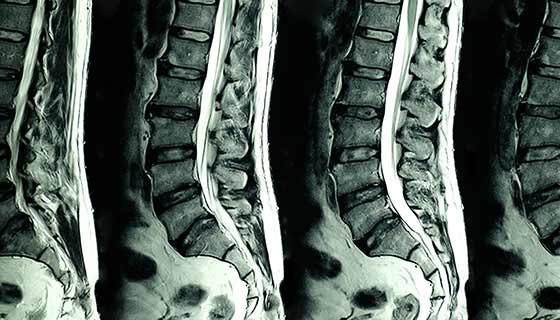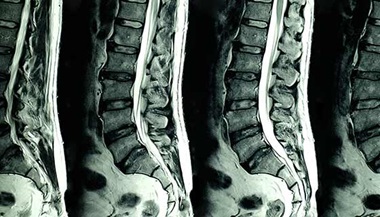Endovascular Neurosurgery and Interventional Neuroradiology
Neurosurgery is a branch of surgery that treats conditions and diseases of the brain and nervous system. Radiology is a medical specialty that helps diagnose and treat conditions and diseases using various radiology techniques.
Endovascular neurosurgery is a subspecialty within neurosurgery. It uses catheters and radiology to diagnose and treat various conditions and diseases of the central nervous system. The central nervous system is made up of the brain and the spinal cord. This medical specialty is also called neurointerventional surgery.
Interventional neuroradiology is a subspecialty within radiology. It also involves catheters and radiology to diagnose and treat neurological conditions and diseases.
The term endovascular means “inside a blood vessel.” Endovascular neurosurgery uses tools that pass through the blood vessels to diagnose and treat diseases and conditions rather than using open surgery. The surgeon often uses radiology images to help him or her to see the part of the body involved in the procedure.
Healthcare providers in these specialties may also diagnose and treat conditions of the spinal cord using similar techniques, although not through a blood vessel.
These types of procedures are called “minimally invasive.” This is because they generally need only a tiny incision instead of a larger incision necessary for open surgery.
Healthcare providers who specialize in endovascular neurosurgery need training in both neurosurgery and radiology. After a neurosurgery residency, they complete a fellowship program in endovascular neurosurgery. A neurosurgeon may be board certified in neurosurgery through the American Board of Neurological Surgery. Currently, there is no board certified specialty in endovascular neurosurgery.
Healthcare providers who specialize in interventional neuroradiology also need training in both radiology and neurology or neurosurgery. After a radiology residency, they complete a fellowship in interventional neuroradiology. A radiologist may be board certified in neuroradiology through the American Board of Radiology.
What kinds of procedures are performed by these specialists?
Endovascular neurosurgical procedures include:
-
Thrombolytic therapy. This procedure uses “clot-busting” medicine to dissolve a clot in a blood vessel in the brain or elsewhere in the body.
-
Endovascular coiling. A surgeon inserts a very thin metal wire that forms a coil inside a brain aneurysm to block blood flow. A brain aneurysm is a bulging, weakened area in the wall of an artery in the brain. This results in an abnormal widening or ballooning. Because the artery wall has a weakened spot, the aneurysm is at risk for bursting if blood flow isn’t blocked. Aneurysm can be treated by coiling or clipping it closed.
-
Minimally invasive spine surgery. This procedure is used to treat spinal disorders. These include fractures, tumors, compressed nerves, and other conditions that put pressure on the spinal cord.
-
Cerebral angiography. This is a radiology procedure that looks at how blood is flowing in the brain.
-
Carotid artery angioplasty/stenting. This procedure uses a small balloon and/or a tiny metal scaffold called a stent to open a narrowed carotid artery. The carotid arteries supply blood to the brain.





